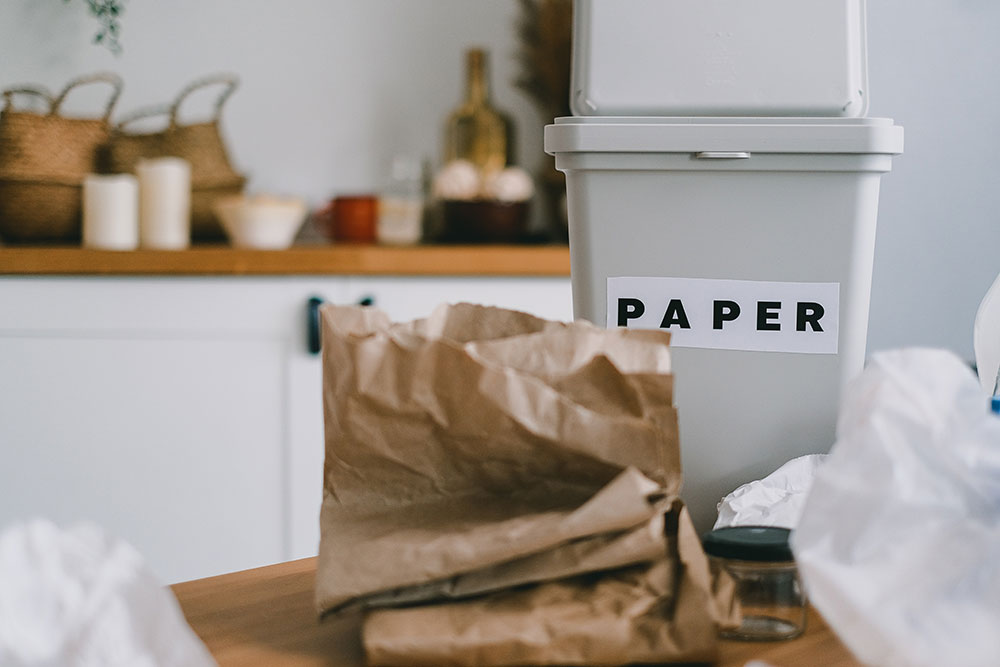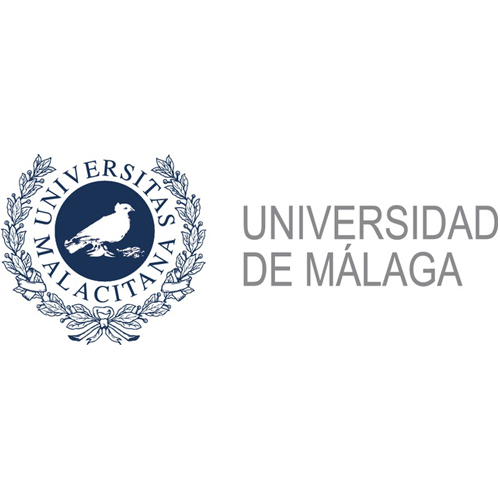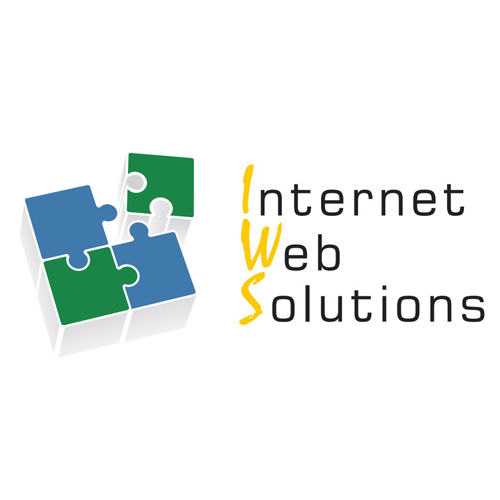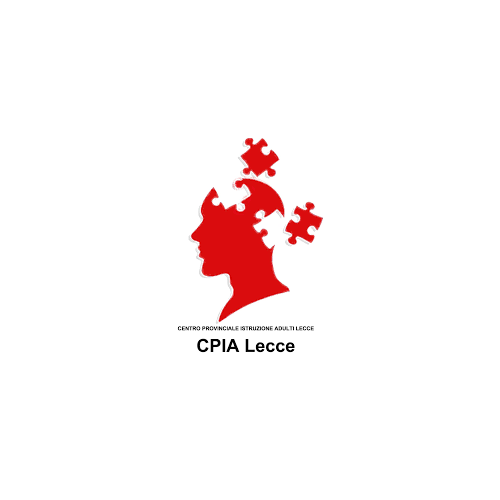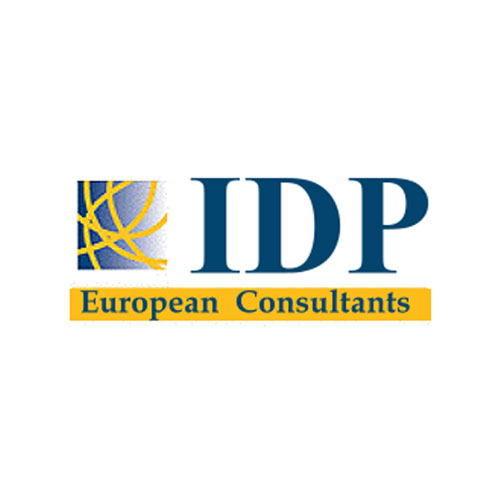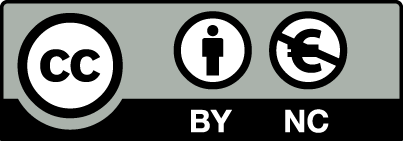Introducción
El agua es un recurso finito y esencial para la vida, y su escasez se está convirtiendo en una preocupación mundial. La huella hídrica de un producto o industria se refiere al volumen total de agua dulce utilizada a lo largo de todo su ciclo de producción, abarcando el agua utilizada en la producción de materias primas, procesos de fabricación, transporte y eliminación al final de su vida útil.
La industria de la confección, aunque a menudo se pasa por alto, tiene un impacto significativo en los recursos de agua dulce a través de su amplia huella hídrica, que se refiere a la cantidad de agua utilizada en el proceso de producción de prendas de vestir, incluido el cultivo del algodón, el teñido, el acabado y el lavado. Explorar la huella hídrica de la industria de la confección, sus consecuencias medioambientales y la urgente necesidad de prácticas sostenibles para mitigar este problema es una preocupación urgente.
Repercusiones de la industria de la confección
En el caso de la industria de la confección, la huella hídrica procede principalmente del cultivo de materias primas como el algodón. El algodón, uno de los materiales más utilizados en la industria de la confección, es un cultivo especialmente necesitado de agua que requiere grandes cantidades de agua para el riego: se calcula que se necesitan entre 10.000 y 20.000 litros de agua para producir un solo kilogramo de algodón, y la producción de una camiseta de algodón requiere unos 2.700 litros de agua. En las regiones donde escasean los recursos hídricos, el cultivo del algodón agrava la escasez de agua, y el agotamiento de los recursos de agua dulce ejerce una presión adicional sobre los ecosistemas ya sometidos a estrés.
Además del cultivo del algodón, las fases de procesamiento textil también contribuyen a la importante huella hídrica de la industria. Los procesos de teñido, estampado y acabado requieren importantes volúmenes de agua, a menudo mezclada con diversos productos químicos: el teñido y el acabado de prendas de vestir requieren hasta 200 litros de agua para teñir un solo kilogramo de tejido.
Las aguas residuales vertidas por estos procesos contienen contaminantes como tintes, metales pesados y productos químicos tóxicos, que pueden tener importantes repercusiones en la salud de los ecosistemas y las comunidades locales si no se tratan adecuadamente.
Además del impacto medioambiental, también existe un impacto social. La producción de prendas de vestir suele tener lugar en países con bajos costes laborales, donde los trabajadores pueden estar expuestos a malas condiciones de trabajo, salarios bajos y acceso limitado a agua limpia e instalaciones sanitarias. Esto puede agravar el impacto de la huella hídrica de la industria de la confección en las comunidades locales, sobre todo en regiones donde los recursos hídricos ya son escasos.
Prácticas sostenibles e innovaciones para reducir la huella hídrica en la industria
La industria de la confección debe tomar medidas inmediatas para reducir su huella hídrica y hacer la transición hacia prácticas más sostenibles. Diversos enfoques pueden contribuir a mitigar el impacto de la huella hídrica de la industria de la confección en el medio ambiente y la sociedad, haciendo hincapié en la necesidad de actuar urgentemente y mitigar el impacto de la industria en el medio ambiente y la sociedad.
1. Tecnologías eficientes en el uso del agua: La aplicación de tecnologías innovadoras como el teñido con bajo consumo de agua, los sistemas avanzados de reciclaje de agua y las prácticas sostenibles en el cultivo del algodón pueden reducir significativamente el consumo de agua durante la producción.
2. Materiales sostenibles: Fomentar el uso de fibras y tejidos ecológicos como el algodón orgánico, el cáñamo o el poliéster reciclado reduce la huella hídrica de las prendas.
3. Transparencia y certificaciones: Aumentar la transparencia y la responsabilidad a través de sistemas de certificación y etiquetas proporciona información sobre el impacto medioambiental y social de las prendas de vestir, lo que permite a los consumidores tomar decisiones informadas.
4. Colaboración en la cadena de suministro: La colaboración entre marcas de ropa, proveedores y las ONG es crucial para desarrollar prácticas y tecnologías sostenibles. Compartir las mejores prácticas, adoptar normas comunes de gestión del agua e invertir en cadenas de suministro sostenibles puede impulsar un cambio positivo.
5. Sensibilización y educación de los consumidores: Concienciar sobre la huella hídrica de la industria de la confección y orientar sobre las decisiones de compra sostenibles y el cuidado de las prendas capacita a los consumidores para tomar decisiones conscientes con el medio ambiente.
6. Enfoques de economía circular: El cambio hacia un modelo de economía circular centrado en el reciclaje, la reutilización y la ampliación de la vida útil de las prendas reduce significativamente la huella hídrica global de la industria.
Buenas prácticas que pueden adoptar los consumidores
Una vez producidas las prendas, los hábitos de consumo agravan aún más la huella hídrica de la industria de la confección. El lavado frecuente de la ropa, a menudo con un uso excesivo de agua y energía, contribuye a un consumo innecesario de agua. De hecho, los estudios indican que alrededor del 20% de la huella hídrica total de una prenda se produce durante su uso por parte del consumidor. Por consiguiente, los consumidores desempeñan un papel crucial en la reducción de la huella hídrica de la industria de la confección, y a continuación se indican algunas medidas que pueden adoptar:
1. Elige marcas sostenibles: Apoya las marcas de ropa que den prioridad a las prácticas sostenibles y a la transparencia. Busca marcas que utilicen materiales ecológicos, apliquen tecnologías de ahorro de agua y promuevan una fabricación responsable.
2. 2. Compra menos y mejor: Practica un consumo consciente comprando menos prendas pero de mayor calidad. Invierte en ropa duradera que dure más, reduciendo la necesidad de reemplazos frecuentes y ahorrando agua en el proceso de producción.
3. Opta por fibras sostenibles: Elige prendas fabricadas con fibras sostenibles, como algodón orgánico, cáñamo, lino o materiales reciclados. Estas fibras suelen requerir menos agua para su cultivo o producción en comparación con los materiales convencionales.
4. Considera la segunda mano y lo vintage: Explora las opciones de ropa de segunda mano y vintage. Comprar prendas ya usadas alarga su vida útil y reduce la demanda de nueva producción, conservando así los recursos hídricos.
5. Lava la ropa de forma responsable: Sigue prácticas de lavado sostenibles, como lavar la ropa sólo cuando sea necesario, utilizar temperaturas de agua más bajas y cargas completas. Esto reduce el consumo de agua y alarga la vida de tus prendas.
6. Infórmate: Mantente informado sobre el impacto medioambiental y social de la industria de la confección. Infórmate sobre las certificaciones y etiquetas que informan sobre la sostenibilidad de una prenda, como orgánico, comercio justo o GOTS (Global Organic Textile Standard).
7. Apoya los programas de reciclaje y donación de ropa: Participa en iniciativas de reciclaje de ropa o dona las prendas que no quieras a organizaciones que promuevan la reutilización y el reciclaje. Esto ayuda a reducir los residuos textiles y los procesos intensivos en agua asociados a la nueva producción.
8. Aboga por el cambio: Utiliza tu voz para concienciar sobre la huella hídrica de la industria textil. Comprométete con las marcas, los responsables políticos y las organizaciones, instándoles a adoptar prácticas más sostenibles y transparentes.
Al incorporar estas acciones a tus hábitos de compra y rutinas diarias, los consumidores pueden contribuir a reducir la huella hídrica de la industria de la confección y promover un ecosistema de la moda más sostenible y responsable.
Conclusión
La huella hídrica de la industria de la confección plantea retos importantes para los recursos de agua dulce y los ecosistemas. El impacto de la huella hídrica de la industria de la confección en el medio ambiente y la sociedad es significativo, sobre todo en regiones donde los recursos hídricos son escasos. Desde el cultivo del algodón hasta la transformación textil y los hábitos de consumo, las prácticas de la industria que requieren un uso intensivo de agua exigen una atención urgente y soluciones sostenibles. Sin embargo, existen posibles soluciones para mitigar este impacto, como mejorar la eficiencia del uso del agua, aumentar la transparencia y la responsabilidad, y fomentar la colaboración y las asociaciones entre la industria y los consumidores.
Referencias:
Mekonnen, M.M., & Hoekstra, A.Y. (2016). Four billion people facing severe water scarcity. Science Advances, 2(2), e1500323. doi: 10.1126/sciadv.1500323
Azapagic, A., Perdan, S., & Clift, R. (2012). Sustainable supply chain management in the UK clothing industry: An analysis of corporate reports. Business Strategy and the Environment, 21(5), 309-322.
Global Fashion Agenda & Sustainable Apparel Coalition. (2017). Pulse of the Fashion Industry 2017. Retrieved from https://www.globalfashionagenda.com/wp-content/uploads/2017/05/Pulse-of-the-Fashion-Industry_2017.pdf
Fletcher, K. (2018). Sustainable fashion and textiles: Design journeys. Routledge.
Shen, L., & Wen, F. (2020). The water footprint of the global textile and clothing industry: Supply chain and governance system. Journal of Cleaner Production, 246, 119003. doi: 10.1016/j.jclepro.2019.119003
De Cáceres, N.B., Laínez-Aguirre, J.M., de Castro, J.A., & Fernández-Sotos, P. (2020). Evaluación de la huella hídrica de la industria textil española: Hacia una gestión sostenible del agua. Revista de Producción Limpia, 256, 120532. doi: 10.1016/j.jclepro.2020.120532
...
15/01/2024
